25 Crazy Ways Your Home Will Be Different in 2030—According to Futurists
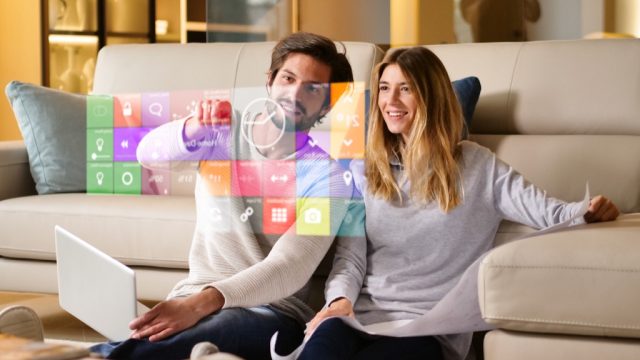
Sure, it’s impossible to predict the future. Pick a topic, ask five different futurists what the coming decades hold, and you’ll get five different answers. But despite this vast range of beliefs, you can still find one thing informed thinkers across the scientific spectrum seem to agree upon: The smart home of today is the Victorian farmhouse of tomorrow. (Pretty to look at, but woefully outdated.)
Yes, as augmented reality grows more practical and artificial intelligence curates every aspect of human existence, the smart home is evolving at a breakneck pace. To get a deeper understanding of where we’re heading, we put together an expert panel of futurists, cutting-edge designers, and even forward-thinking real estate agents. Each and every one of them believes we’re on the upside of parabolic progress. In other words, if there’s one thing you can bet on about the near future, it’s that your home is about to get way more awesome. You just may have to give it a few years.
1
Switches will disappear.
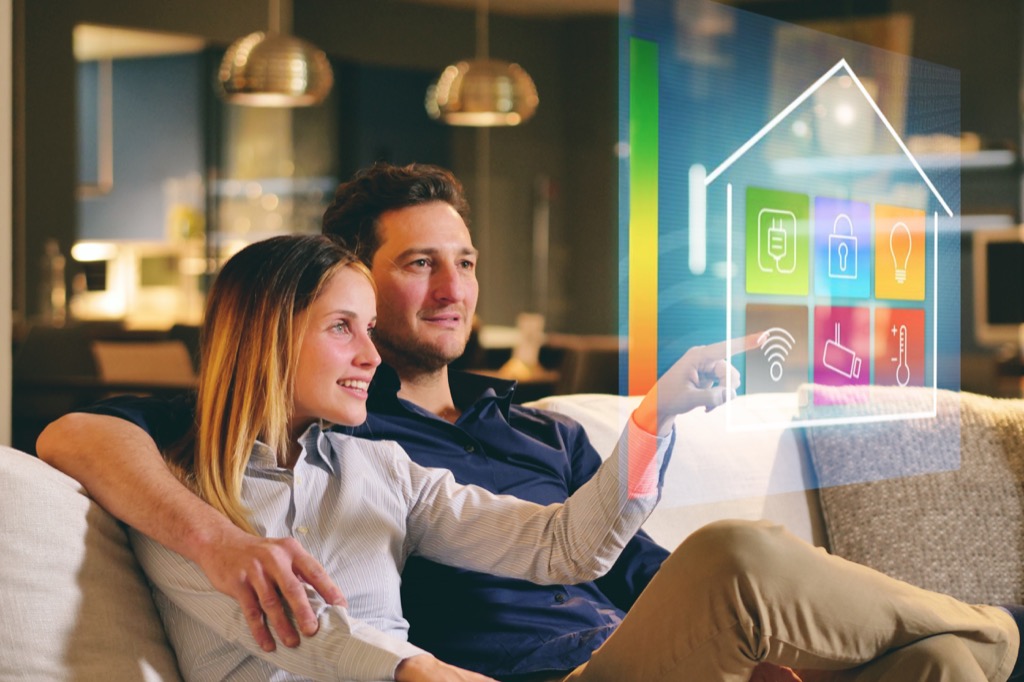
Richard Schatzberger, a futurist and artificial intelligence designer, and the founder of futurism consultancy Maison Thirteen, expects to see a rise of what he calls “invisible technology.”
“Buttons, switches, and non-entertainment screens will disappear and be replaced with full voice—and, more importantly, living pattern—recognition,” he predicts. “Shouting at Alexa to turn off the lights will end, and your home intelligent assistant will have a predictive and private AI, setting up each room exactly as you love it and with what you need it for just before you enter.” In short: Who needs switches when you have your voice?
2
There will be sensors everywhere.
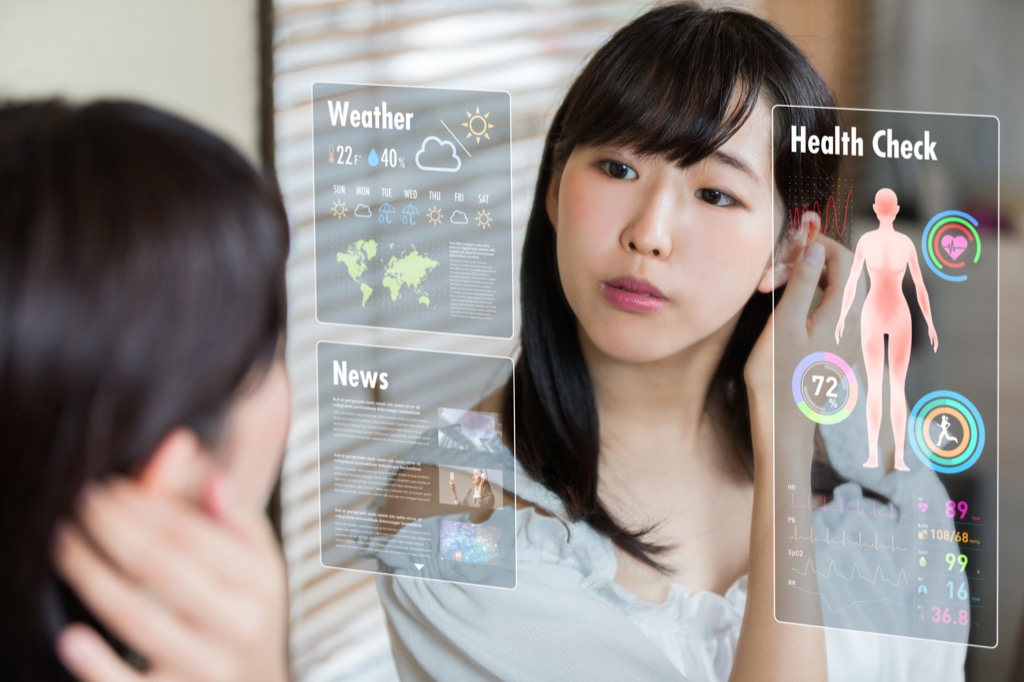
We can expect to see growth in biometric-reading devices that read a wide range of behaviors, expressions, and even the emotions of the homeowner. Rather than invasive cameras and microphones, though, Schatzberger expects to see “biometric and emotional state sensors help the home dynamically adapt to you.” Sure, this may call forth nasty premonitions of a Big Brother-type situation, but, as the prediction goes, these will be private and localized. “Like Apple’s Face recognition, it [won’t] share with the internet. It would all be locally on the chip in your phone.”
3
Robot maids will be at your beck and call.
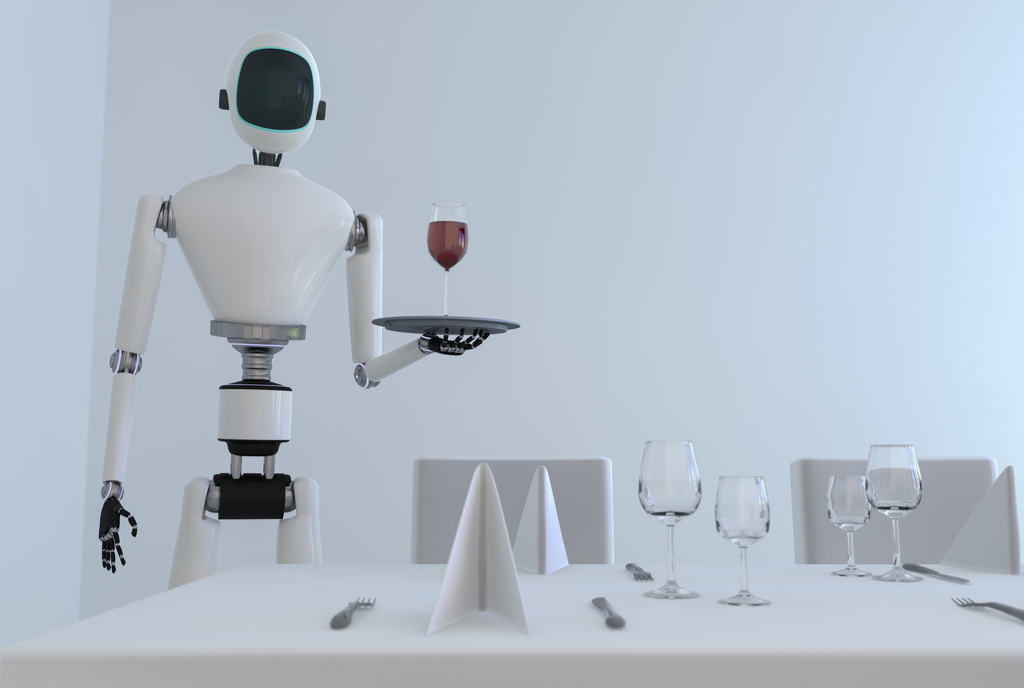
The Jetsons is almost reality, with robots poised to take over our household chores and other mundane tasks—potentially with their own personalities, as winning as Rosie the Robot Maid. That’s the possibility suggested by a team of MIT scientists, at least, who developed a VirtualHome system that can do household activities, such as setting the table or making coffee, by instructing “artificial agents”—virtual characters—to carry out the tasks themselves. While this concept is a long way from being widely adopted, it’s not that far.
4
3D printers will become standard issue.
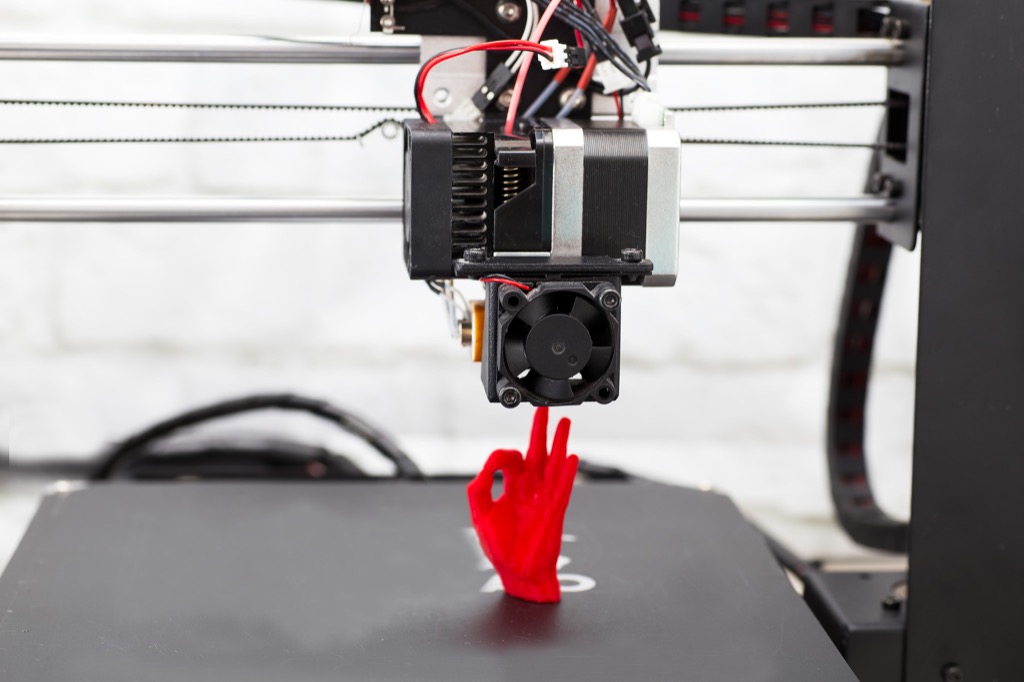
“Like smart homes, 3D printing has been going on for some time, but there has been little use in a mainstream market due to the cost,” says Charlie Worrall, a digital marketing executive at innovative design firm NGI Design. But with the decreasing costs and many applications, Worrall expects that homes will soon be adopting these handy tools in droves—whether to create art, furnishing, or even clothes.
5
Oh, and they’ll print food, too.

In your kitchen, alongside the refrigerator and oven, you may soon see a 3D printer. “Ovens and cookers will exist, but they’ll have smart settings and work alongside more-evolved 3D printers that can print pastry goods, confectionary, and meat products from the ‘meat culturing’ station,” says futurist Nikolas Badminton. “Some models will be robotic and automate the preparation of food—and you’ll even be able to upgrade them with celebrity chef profiles, for a premium.” That’s right: your own personal Gordon Ramsay is on the horizon.
6
Your toilet will get an analytical upgrade.
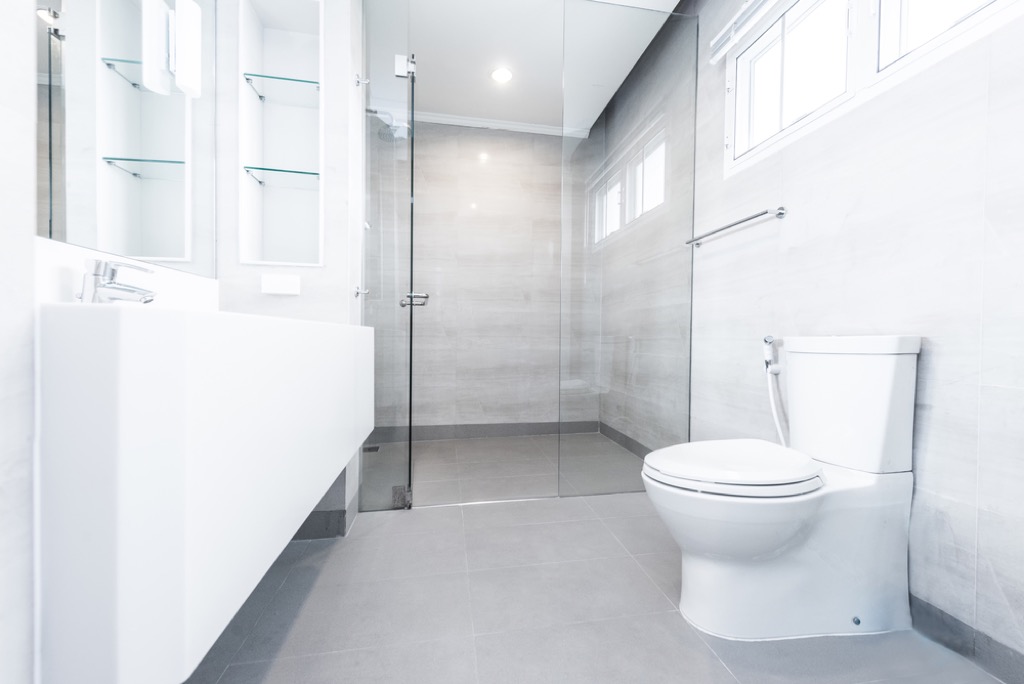
Yes, it sounds pretty gross, but toilets that analyze body waste and alert the home occupant of any medical issues or abnormalities could offer some major health benefits. As property Buyer Expo event producer Kylie Mayer explained to News.com.au, “It’ll [do things like] analyzing sugar levels for diabetics. Or hydration levels. There are some really simple tests that can be done.”
7
Internet of Things will dominate.
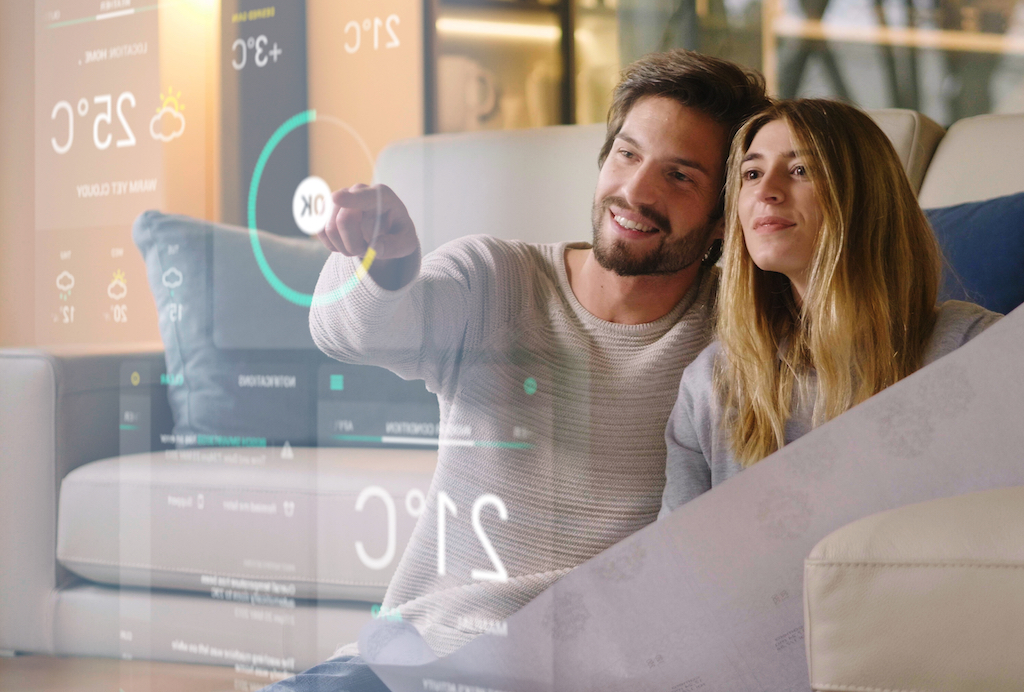
Lisa Yong, research director at San Francisco–based product design firm Y Studios, expects to see ever-deeper integration of Internet of Things (IoT). “IoT devices will seamlessly blend into home environments in every aspect. from furniture to kitchens, bathrooms, and beyond.” She expects that “the smart home will finally fulfill its potential and be really intelligent.”
8
Homes will become indoor bio-systems.
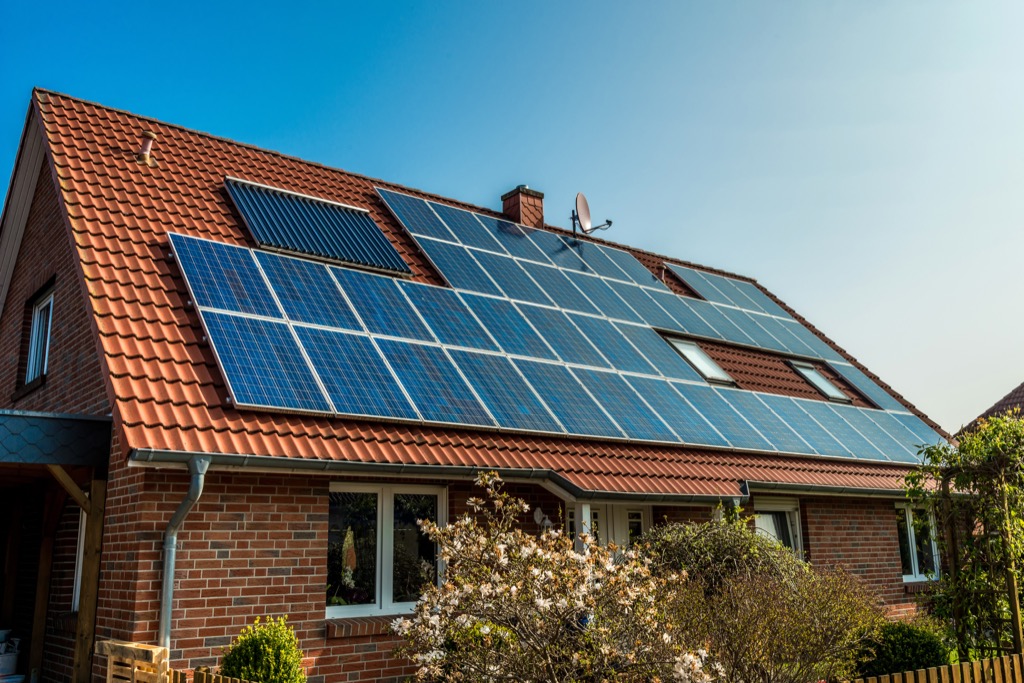
Yong also expects the energy efficiency of homes to be supercharged in the years ahead as a combination of smart tech, green architecture, and building materials help to turn the home into a bona fide indoor bio-system. “The physical space itself will be functionally eco-friendly, whether it’s using indigenous building materials that suit the location, to design details in venting, air flow, ‘biowalls,’ and beyond,” she says.
9
Walls will be illuminated.

“Light fixtures and light bulbs will phase out,” predicts Sheila Trichter, a real estate broker from Warburg Realty. “The light will come out of the wall itself. Perhaps one will run their fingers over a wall or use a remote and a section or sections of the wall will light up.” This will be a combination of style preference and as a way to reduce the space taken up by fixtures, lamps, and other illuminating devices. As Trichter puts it, “many things that take up space will need to phase out as population increases and space becomes even more valuable than it is today.”
10
Expect a rise in disaster rooms.
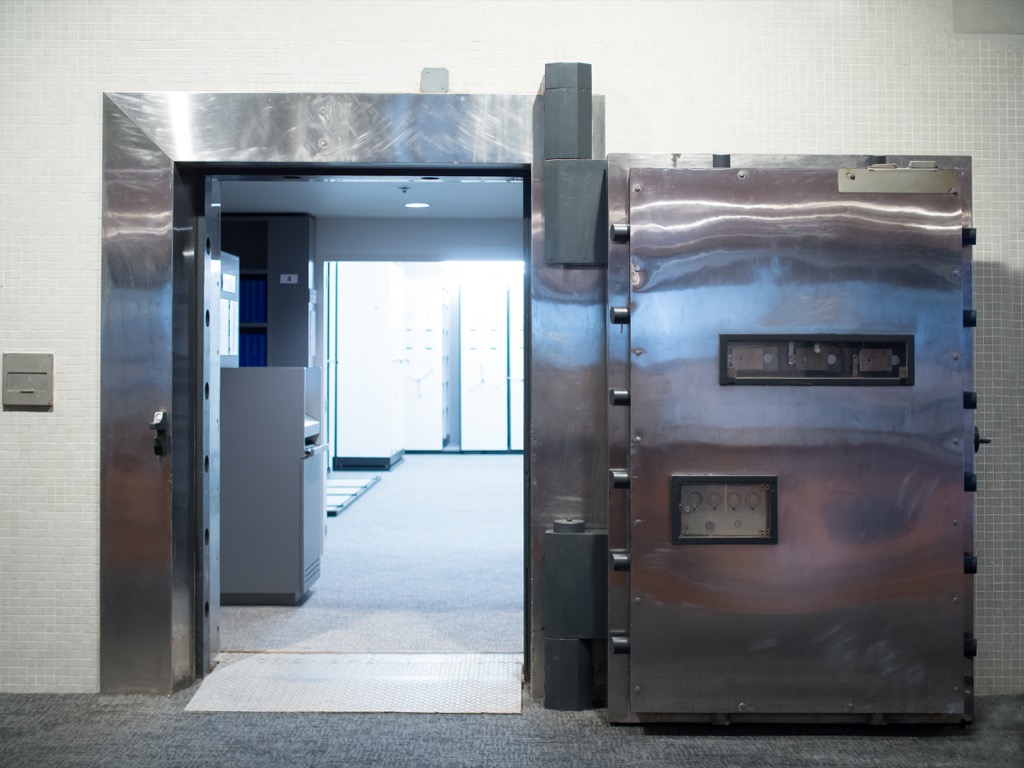
Think: Panic Room meets an old-school storm cellar. As natural disasters grow both more commonplace and catastrophic, homes will increasingly embrace truly safe spaces that can handle extreme weather or even bomb blasts. “The main features would be fire and wind resistance, plus a way to communicate with 911,” suggests Pablo Solomon, a designer and futurist. “Some people are even installing shortwave radio, as past disasters have shown that the cell phone network can be knocked out or overloaded.”
11
There will be dedicated tech-free spaces.
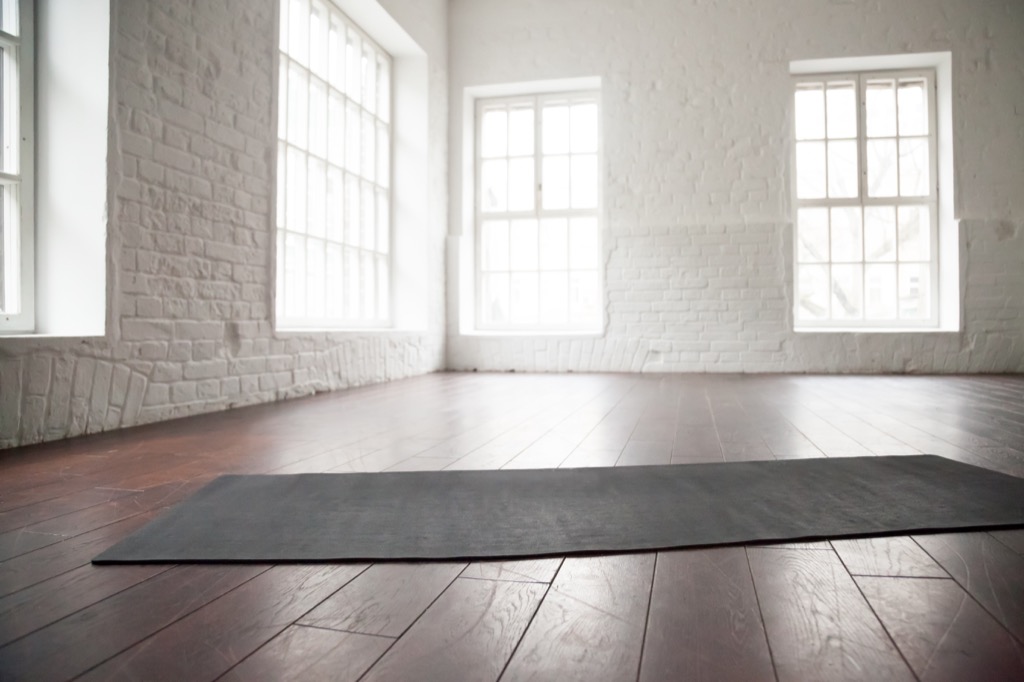
While in-home technology is likely to get more sophisticated and ubiquitous, homeowners are also likely to seek refuge from the gadgets. Solomon expects to see more homes adding “tech-free” quiet rooms—places for yoga, meditation, or just screen-free family time. They’d include crafted throw rugs or natural wood floors and fountains—anything to help the occupant feel more connected to the natural world and free from tech, at least for a few minutes.
12
Analog tools will become king.
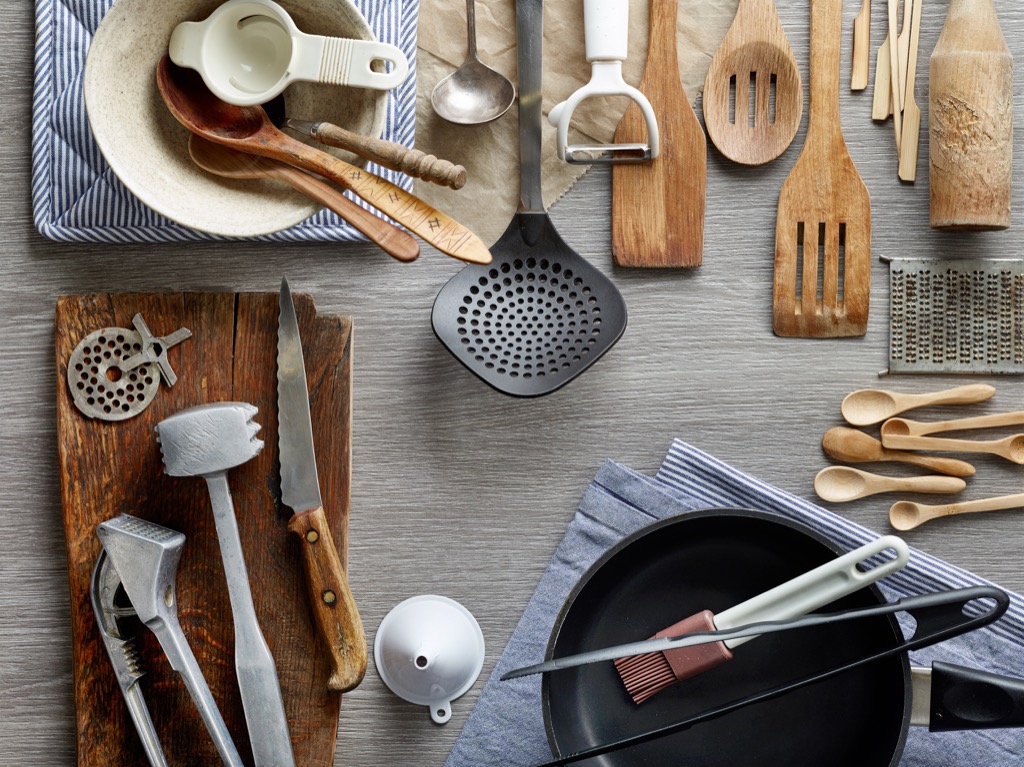
Just as the increase in technology might result in something of a backlash with tech-free rooms, Solomon also predicts that the homes of the future will also use decidedly analog tools that offer a classic design or durability to make them an attractive options.
“I actually believe more people will return to using Amish-style tools and devices that just require some muscle power,” says Solomon. “As society becomes more chaotic, people will cherish their homes and heirlooms a bit more. [This might include] peelers, choppers, grinders, and even the hand-pushed carpet sweepers you used to see porters using in hotels that still work amazingly well.”
13
Kitchens will maximize space efficiency.
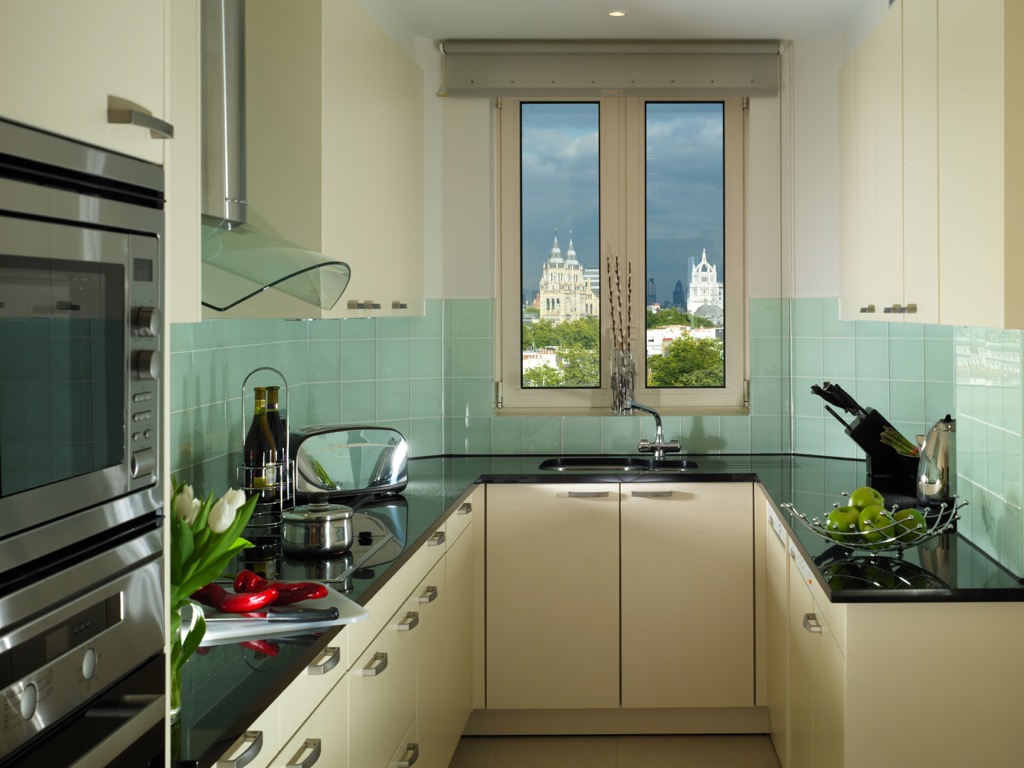
As the tiny-house craze has gone mainstream, futurists expect to see the creative approaches to storage and hyper-efficient use of space to become a more standard feature of kitchens. “In many condos and smaller homes, kitchens will resemble the galley of a yacht more than a galleria,” says Solomon. While most people won’t necessarily leave behind their homes for a cabin in the woods, “Kitchens will return to a smaller, more efficient, and frankly sensible style.”
14
Partitions will proliferate.

Speaking of tiny-home innovations, the ease with which these homes can be rearranged is also likely to be adapted into homes more broadly. NYC architect Wayne Turett of Turett Collaborative expects to see homes “that are completely rearrangeable: Partitions that can easily move, or bathrooms and kitchens that can be taken out and exchanged for a new module.”
He acknowledges that in some cases that may mean that buildings will have to be fundamentally different than they are today. “The buildings of the future would have to incorporate easy access for the various modules to be moved in and out, almost a like new version of the service corridors of older mansions, but in the service of maintaining homes even at the lower end of the market,” he says.
15
Alexa and Siri are just the beginning.
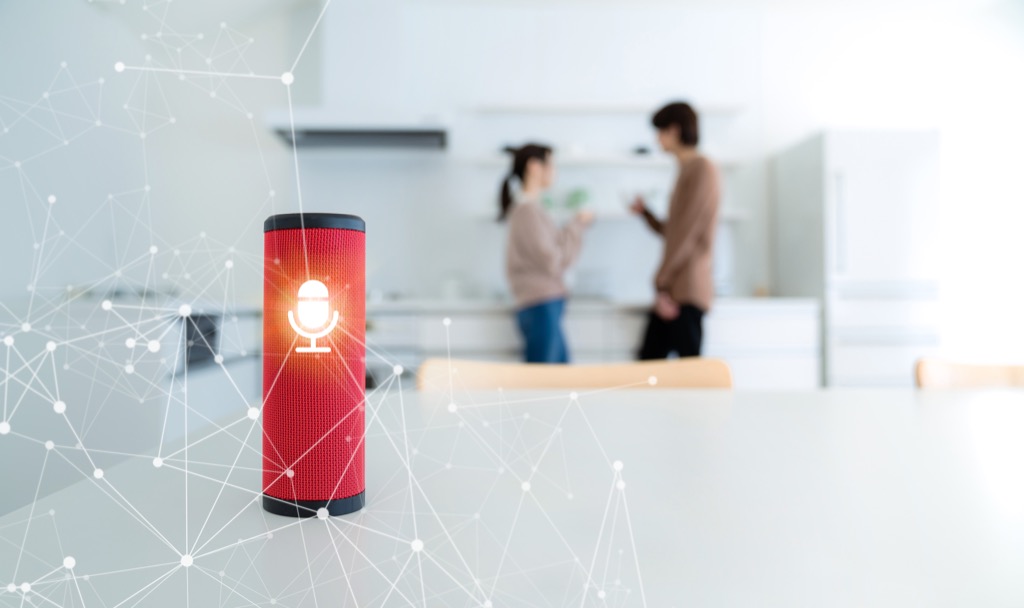
Turett says that a growing number of his clients are asking about voice-activated devices, such as Alexa, Google Home, and Apple’s Siri, for user-friendly lighting programming as well as for sound system integration. “Many lighting and entertainment systems can be easily controlled by an iPad or with iPhone apps, but this requires a reliable and strong WiFi connection with multiple routers in a meshed WiFi system, so we are starting to work with clients on better planning for WiFi optimization in their space as well.”
16
Security systems will sharpen up.
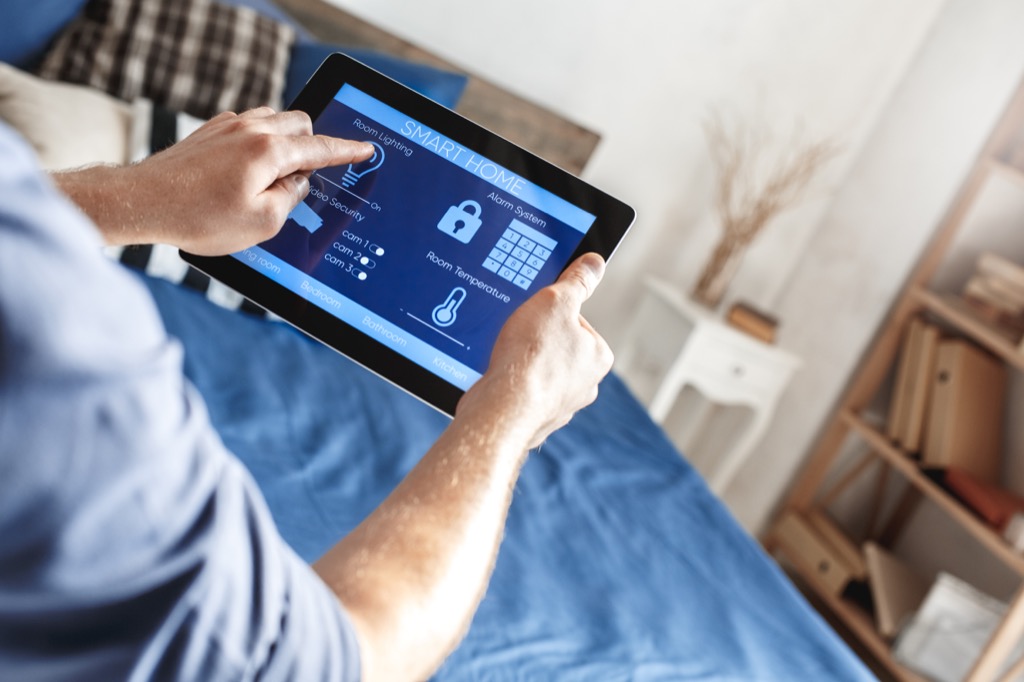
As all the comforts of home get smarter, you can expect the protection of it to follow suit. A number of experts expect to see growing concerns with home security and smarter systems overall. “I think there will be a lot more electronic and technological deterrents for burglary,” says Alex Lavrenov, a real estate agent for Warburg Realty. “It is very possible that face identification or print identification will replace your regular lock and key.”
17
Fabrics will become antibacterial.

Just as homes will get more innovative in security themselves against outside threats, so too will they get smarter about offering protection from health threats. Alexandra Whittington, foresight director for Fast Future, expects to see a growth in the adoption of antibacterial fabrics in the home. “The latest example I’ve seen is a scarf that can fight contagious illness and protect the respiratory system from air pollution, for example,” she says. “Home fabrics that help keep pathogens away may be important in the case of a future pandemic or the expansion of antibiotic-resistant bacteria.”
18
Furniture will be more ergonomic.
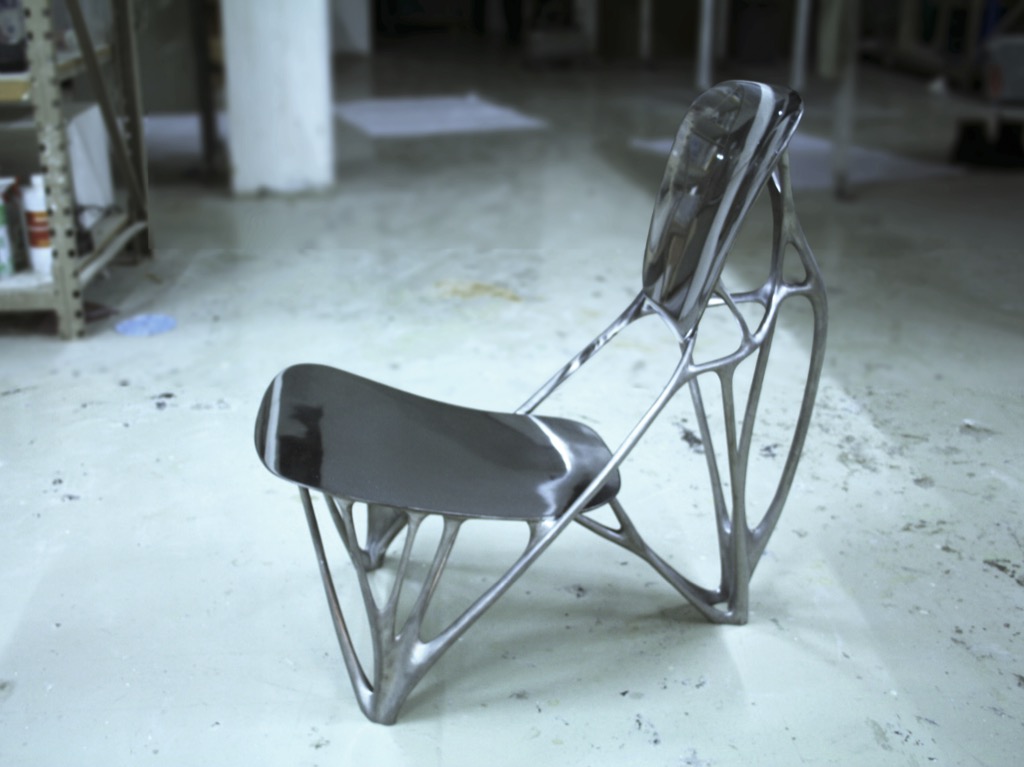
The pioneering architectural work of creators like Dutch designer Joris Laarman—who uses natural principles such as the body’s ability to optimize mass in order to create works like his “Bone Chair,” which was exhibited at MoMA in 2008—seems likely to become more widespread, according to some design experts. Keep a keen eye out for both this approach as well as the use of algorithm-designed furniture to grow in popularity.
19
Oversized furniture will go the way of the dinosaurs.
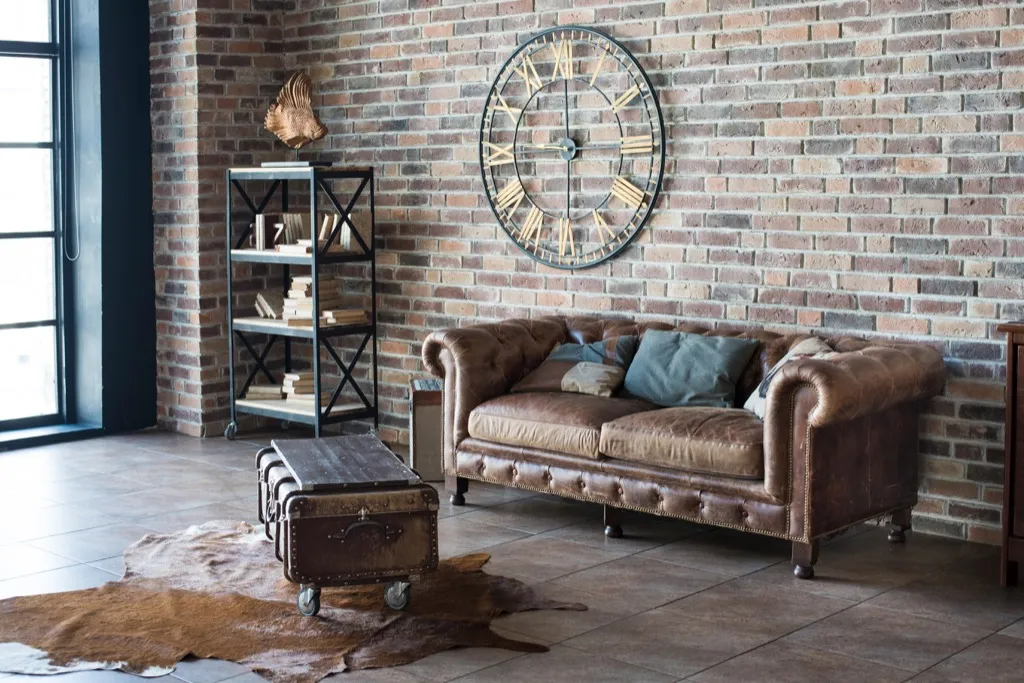
Good news, younger homeowners: soon, you’ll never have to bribe your friends with pizza and beer to help you out with heavy lifting. “In previous generations, homeowners would fill their houses with large entertainment centers and dining room hutches as soon as they moved in,” says designer John Linden of MirrorCoop. “But, today’s homeowners seem less interested in permanence and more excited by mobility. This is why open floor plans are so popular. People want to keep their living spaces versatile.”
20
Wearables will replace big screens.
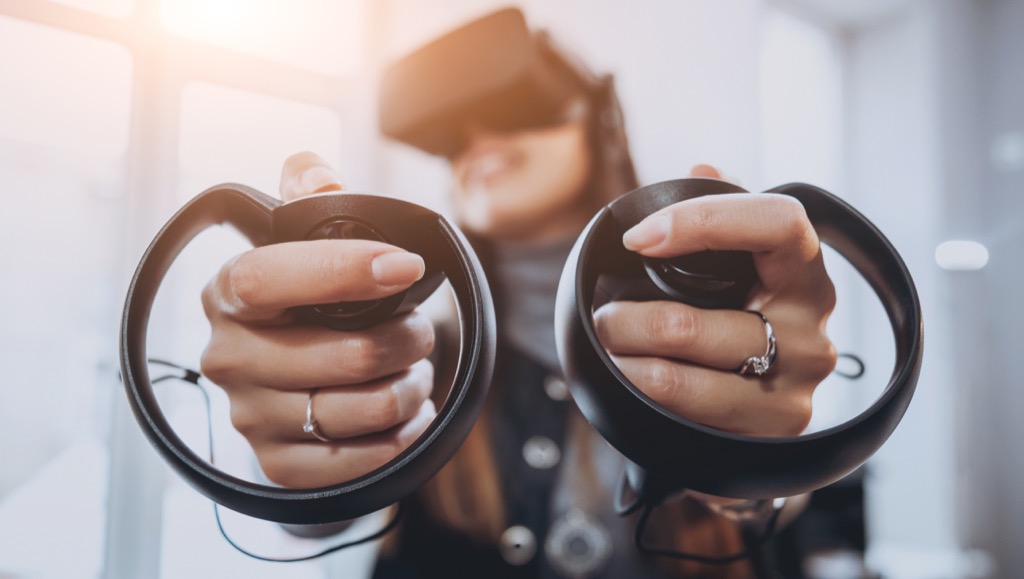
Instead of a big flatscreen in the center of the living room, increasingly entertainment will shift to personal wearable devices that allow for augmented or virtual reality experiences that offer a more interactive entertainment than the current passive approach. Badminton points to the newly launched Magic Leap as a promising development, giving examples such as “Star Wars in your living room” and a interactive music experience by Icelandic sad-pop trio Sigur Rós.
21
Sustainability will (finally) become sustainable.

While recycling and responsibly sourced materials have grown more popular in homes, expect this to be taken to the next level in the years to come. “Homes will be wholesale created from waste as the ‘circular economy’ gains full pace,” suggests Badminton. “This will be sustainable and good for the environment.” Look for alternatives to animal-sourced materials, like leather sourced from mycelium
(that’s the white part of fungi), as you can see made by the folks at MycoWorks.
22
You’ll have a virtual wardrobe.
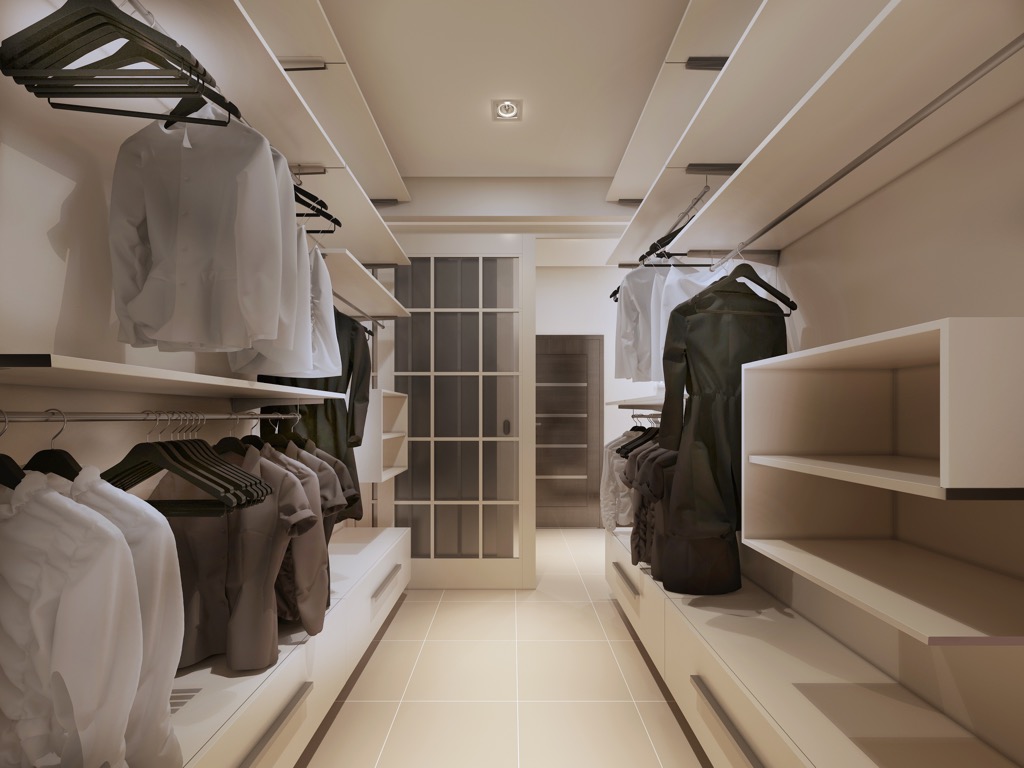
Selecting clothing might get easier than ever with the use of a virtual wardrobe which “receive the data and suggest outfits to wear each day based on the its contents and the day’s forecast,” as this news story describes. “It knows which items are ready to be worn because the information is automatically logged when the clothes are washed and ironed through a water-free laundry unit. Decision-making is easier than ever with a smart mirror that virtually dresses each person who selects outfits to try on.”
23
Augmented reality will become reality.
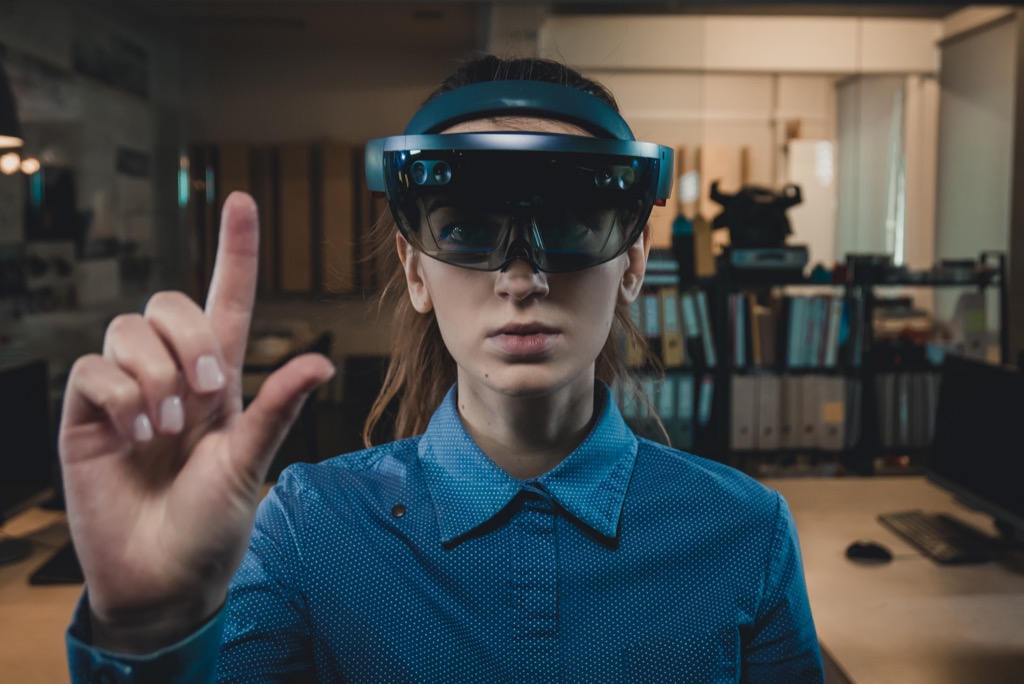
Expect to see augmented reality (AR) become more widespread and all-encompassing in homes. “By 2030 we’ll start to see large displays replaced by interactive, multi-dimensional (visual, aural, sensory) spaces,” says Brendan Tully Walsh, a trend watcher and head of marketing for network slicing company Cloudstreet. “We will no longer stare at flat displays, but rather,use AR glasses, helmets, and user-aware holographic spaces instead. The same headset will also be used when we are driving in traffic, and dare one suggest it (for some), when sharing an intimate moments with a loved one.”
24
Drone delivery will be commonplace.
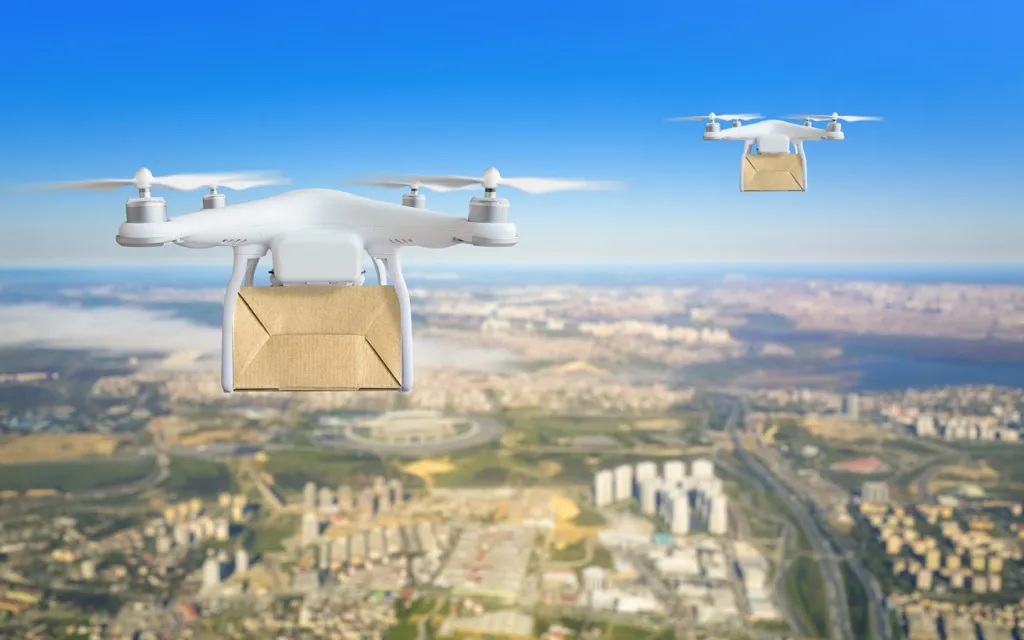
The way we receive packages and deliveries will be automated and micro-targeted with ever more precision. “In the next 12 years, autonomous long haul trucking will expand to unmanned vehicle delivery to your door, balcony, roof, or back yard,” says Walsh. “If you can pin it, you name it, you can get it. With central big data systems synced to mobile edge computing drones, AI-powered orchestration between vehicles will be able to handle ever shorter and shorter delivery times and even complex instructions.”
He gives the example of a pizza-delivery system that comes by drone, but then unlocks your door (with your permission, of course) and sets it right on your kitchen counter, waiting for you when you get home. “Among the key factors will the ability of multiple intelligent devices to be mutually aware and always provide the quickest path to the destination—that complex orchestration of handoffs—from an automated oven, to an automated truck, to a nearby drone, all in time for dinner.”
25
Sum-imitating lights will be the norm.
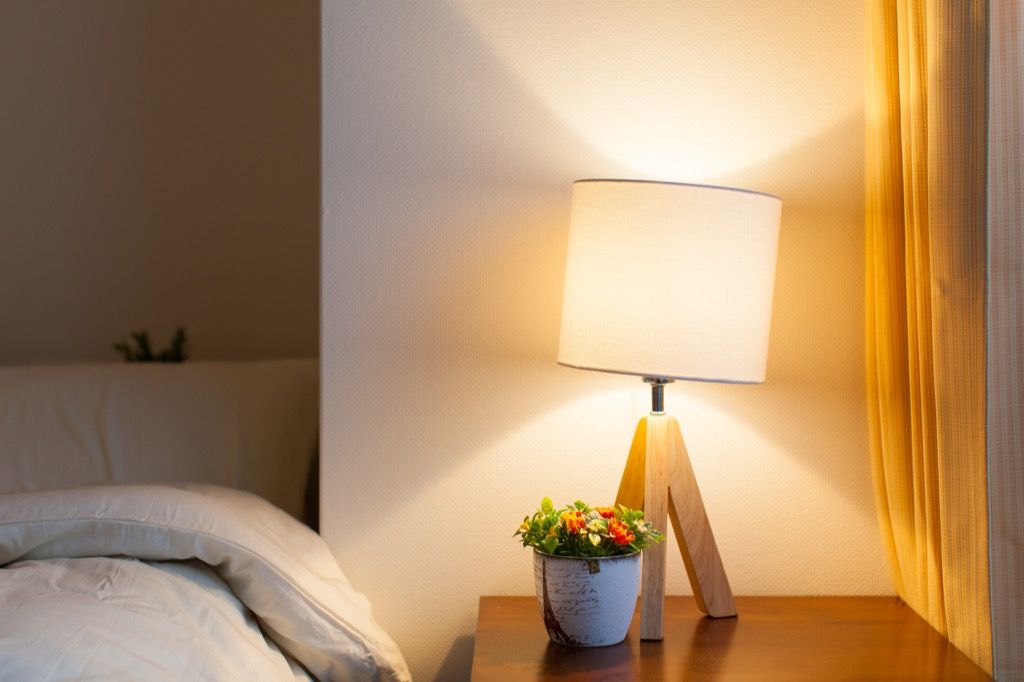
Research has revealed time and again that natural sunlight can enhance wellbeing and life satisfaction, thanks to exposure to vitamin D. So, you can expect more homes to create lighting that is increasingly similar to natural sun (especially in areas that don’t get a lot of it).